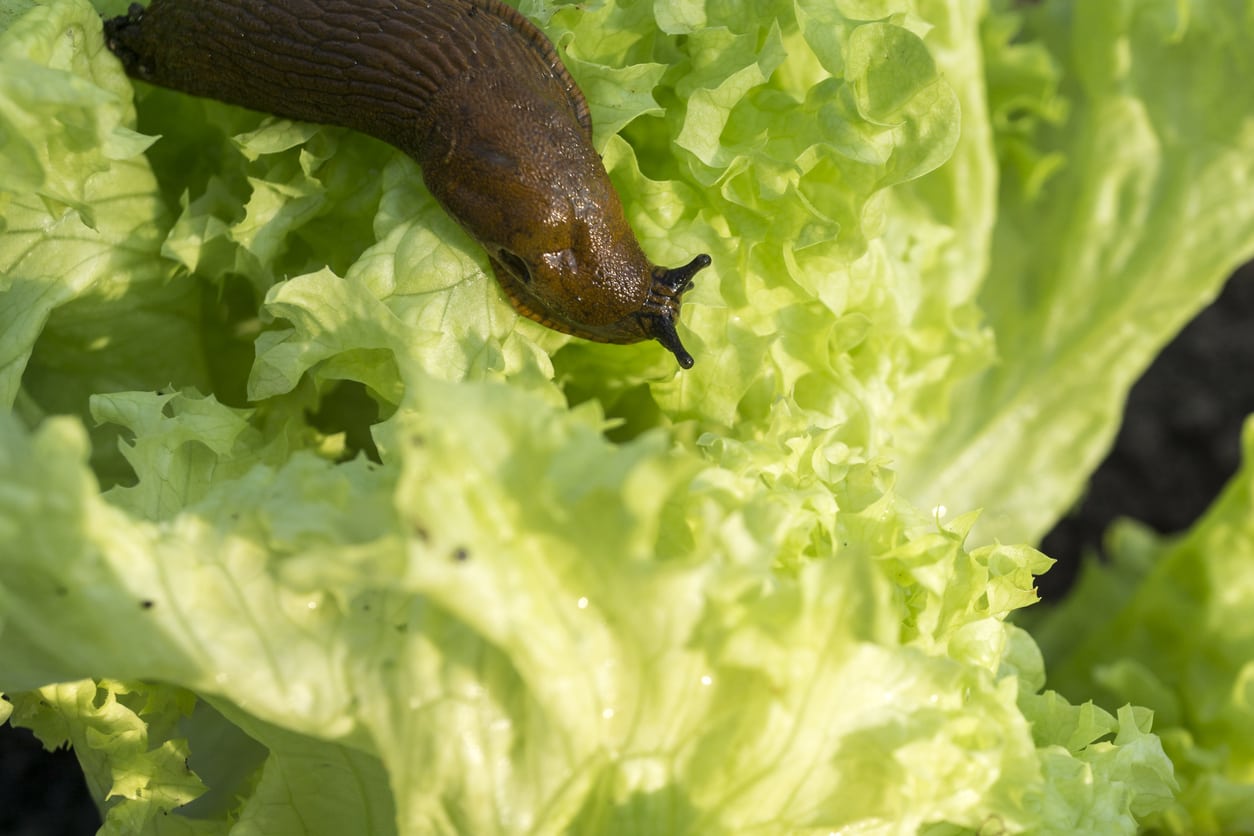Bugs In The Garden: The Most Common Garden Pests To Look Out For


There are probably hundreds of insects that plague our gardens daily but the most common plant pests seem to do the most damage. Once you recognize these bugs in the garden, you can start taking steps to protect your plants with effective control. Here is a rundown of the more common problem garden insects to get you started.
Common Plant Pests to Look Out for
The flying, crawling pests are out and bugging your veggies, ornamentals, and flowers. Holes in your leaves, sooty mold, tunnels in soil, yellow and dying turf, damaged fruit, mounds in the lawn… these are just a few of the signs that your garden is under attack by some of the most common garden pests. The type in your landscape will depend upon the area in which you live, but the majority of these are found across North America.
Flying Insect Pests
We all love to see the honeybees flitting about and doing their good work, but there are other fliers that are not so beneficial in the garden. Some of the most damaging of the common plant pests are:
- Spotted Wing Drosophila – Looks like an orange fly. The fly damages cherries, raspberries, blackberries, blueberries, and strawberries as well as some pomes.
- Cabbage Moth – It isn't the moth that does the damage but its larvae. You will observe these small white moths on kale, cabbage, broccoli, cauliflower, and other brassicas where they lay eggs. The subsequent cabbageworms will then make quick work of these plants as they feed on the foliage.
- Grasshoppers – Although most grasshoppers “hop” long distances, many fly too. These thick-bodied insects are responsible for some of the worst crop damage ever recorded.
- Whiteflies – Tiny, white, flying, moth-like insects, whiteflies are difficult to control in large numbers. They also excrete honeydew, which attracts ants and upon which sooty mold may develop.
Crawlers
Many of the crawling insects that do the most damage are larvae. They may be from flying, burrowing, or crawling insects but their damage is usually severe. Consider that one adult insect might lay hundreds of eggs on a plant and each one hatches. That amounts to hordes of voracious juveniles that will attack that plant. Some of the more common bugs in the garden that creep are:
- Aphids – Coming in many colors and often found clinging to leaves and stems of plants of en masse, aphids not only suck the sap from plants but leave behind honeydew which leads to sooty mold fungus.
- Scale – Some types of scale are stationary, but there are a few species may fly. They look just as the name suggests, hugging plant stems closely as they suck sap juices.
- Sawfly larvae – Small, caterpillar-like larvae with one simple eye on each side of the head and one leg on each segment of the abdomen, these pests leave holes or notches in leaves, and may also skeletonize the plants in large numbers.
- Snails and Slugs – Ask almost anyone if these slimy monopods aren't the bane of their existence. Both snails and slugs commonly make large holes in leaves, and seedlings can be eaten down to the ground.
- Ants – Armies of ants can swarm fruit and flower buds. While most often attracted to honeydew or plant nectar, they don’t specifically damage the plants but can signal the presence of sap-sucking insects like aphids.
- Earwigs – These are a mixture of good and bad as they also feed on aphids and other problem garden insects. But earwigs also damage flowers and vegetables with their feeding.
- Borers – Borers of all kinds, especially squash borers and peach borers, burrow into plant tissue. They attack vegetables, ornamentals, and even trees.
- Spider Mites – The adults fly but the juveniles get around on wind and the fine nets they spin. Spider mites cause similar damage to aphids with extensive leaf stippling.
Controlling Common Garden Pests
Many pests of the garden hide in plant debris. Cleaning up refuse around the property limits the hiding spaces for many insects. Borax sprinkled around ant hills kills the colony, while diatomaceous earth rips the soft bellies of slugs and snails. Flying insects and those that live on plants will succumb to frequent sprays of horticultural oils and soaps. There are also many listed chemical formulas for most common bugs if you prefer to go that route. The key to preventing major infestations is vigilance. Look at plants daily and start treatments immediately.
Sign up for the Gardening Know How newsletter today and receive a free copy of our e-book "How to Grow Delicious Tomatoes".

Bonnie Grant is a professional landscaper with a Certification in Urban Gardening. She has been gardening and writing for 15 years. A former professional chef, she has a passion for edible landscaping.